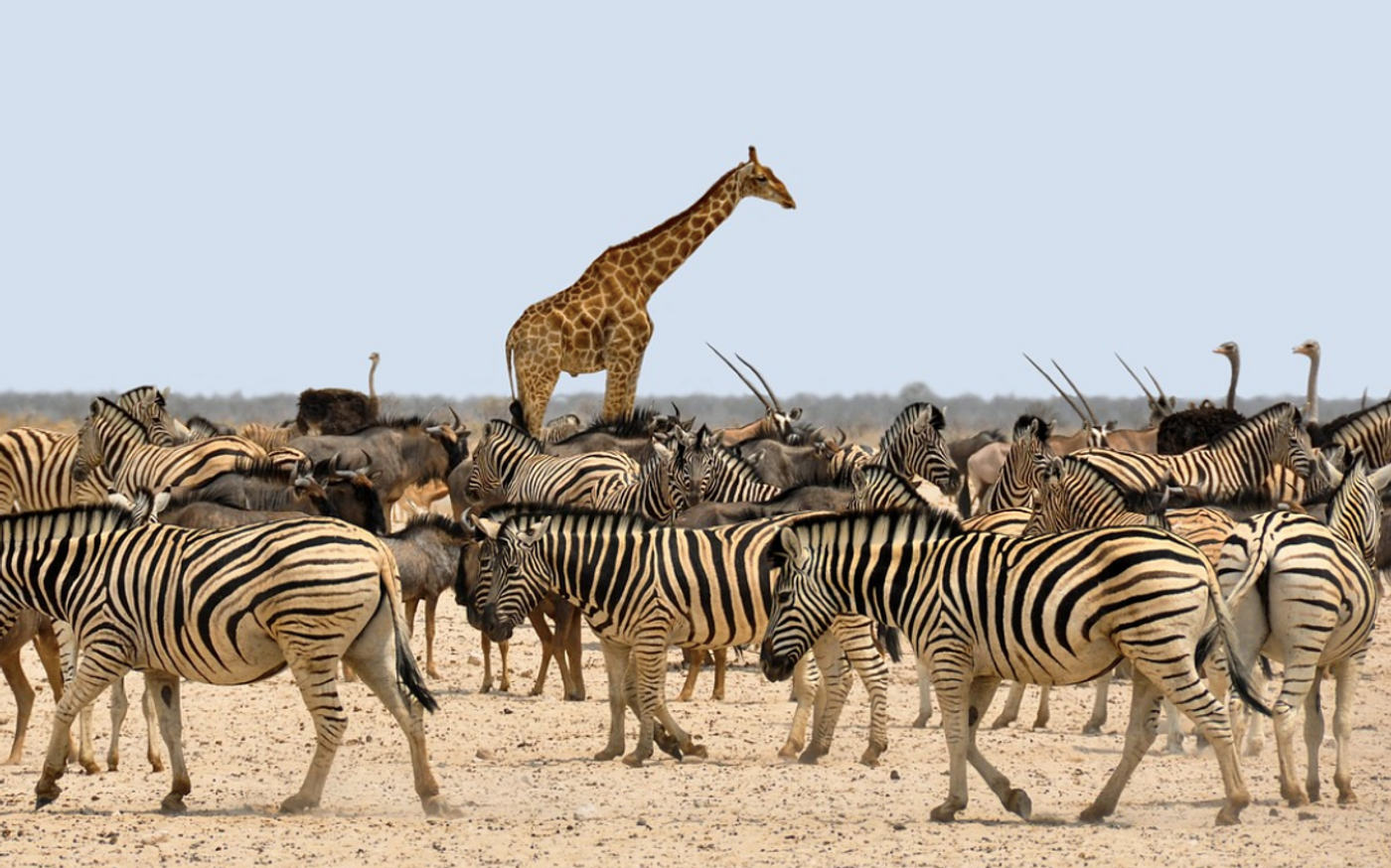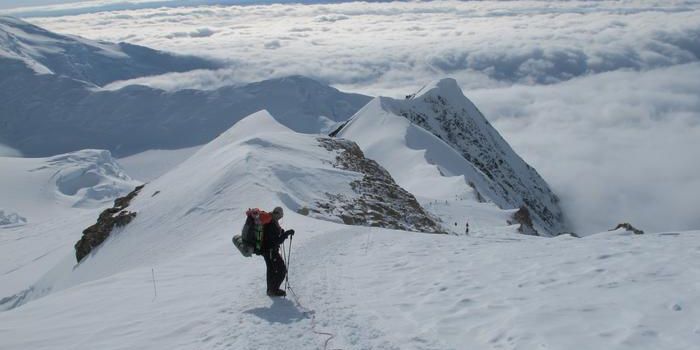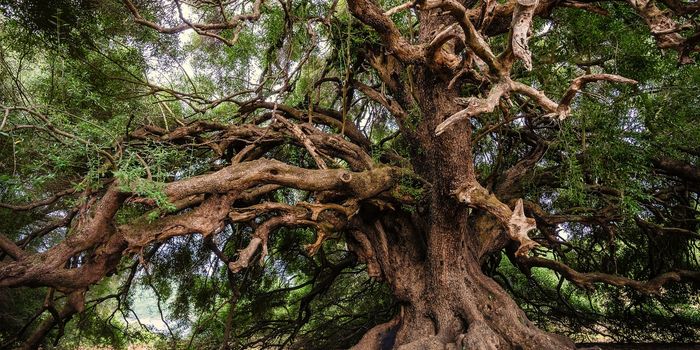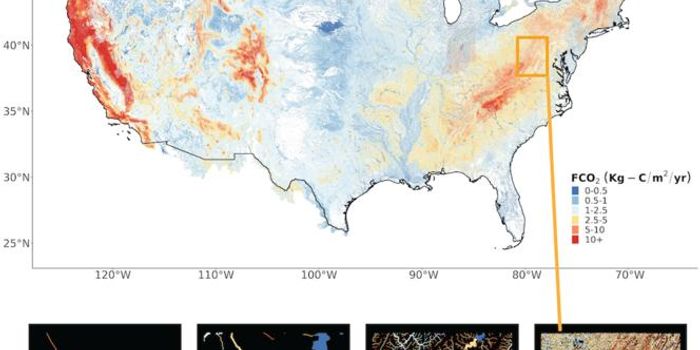The Quest for Food? Or Sex? Why do Giraffes Have Such Long Necks?
What's with the long neck? While a common hypothesis has been that competition among male giraffes affected the length of their necks in evolution, a new publication has suggested otherwise. This work has shown that neck length is proportionally longer in females compared to males, and the higher nutritional needs of females might have been a key influence on giraffe neck evolution. The findings have been reported in Mammalian Biology.
Giraffes with longer necks can eat leaves that are higher up in trees, and which are not eaten as often by other herbivores that cannot reach as high, suggested both Charles Darwin and Jean Baptiste Lamarck.
But the more recently developed "necks-for-sex" hypothesis states that long neck evolution was promoted by males, who compete by 'neck' sparring; they swing their necks at one another to show dominance. The winners of these competitions could have been more likely to reproduce and pass down their long neck genes.
This hypothesis would also predict that the necks of male giraffes would be longer than females. But everything about the male giraffe is longer, noted first study author Doug Cavener, Chair and Professor at Penn State. So in this work, the researchers assessed hundreds of photos of wild and captive giraffes to analyze their proportions as they grow and mature.
Since the research relied on thousands of photos of Masai giraffes that were available in public databases like Flickr, the investigators used relative proportions rather than exact measurements to draw conclusions, and only used photos taken of giraffes that were perpendicular to the camera. Individuals can also be identified by the patterns in their spots, so the scientists were also able to determine the age and pedigrees of these captive giraffes.
“This information was critical to understanding when male and female giraffes start to exhibit size differences and whether they grow differently,” explained Cavener.
The work showed that male and female giraffes have the same proportions at birth. Males typically grow faster in the first year, but differences in body proportions between males and females don't emerge until the animals are around three years old, when they start to reach sexual maturity.
All wild giraffe image analysis was limited to adult giraffes, since their ages could not be determined.
These efforts showed that female giraffe necks and trunks are proportionally longer than males, while males have proportionally longer forelegs and wider necks. These features are seen in both captive and wild giraffes.
The study authors suggested that longer female neck length could actually have happened because females forage more deeply into trees.
Females can often be seen reaching deep into trees to reach leaves, to consume leaves that other animals can't get to, explained Cavener. "Once females reach four or five years of age, they are almost always pregnant and lactating, so we think the increased nutritional demands of females drove the evolution of giraffes’ long necks.”
Sexual selection deriving from male competition or a female preference for larger mates has probably driven the differences in sizes between males and females, which is a trait seen in other large, hoofed mammals that are also polygynous (one male mates with many females). Male neck sparring could have also influenced the wideness of male necks.
“If female foraging is driving this iconic trait as we suspect, it really highlights the importance of conserving their dwindling habitat,” Cavener said. “Populations of Masai giraffes have declined rapidly in the last 30 years, in part due to habitat loss and poaching, and it is critical that we understand the key aspects of their ecology and genetics in order devise the most efficacious conservation strategies to save these majestic animals.”
Sources: Penn State, Mammalian Biology









